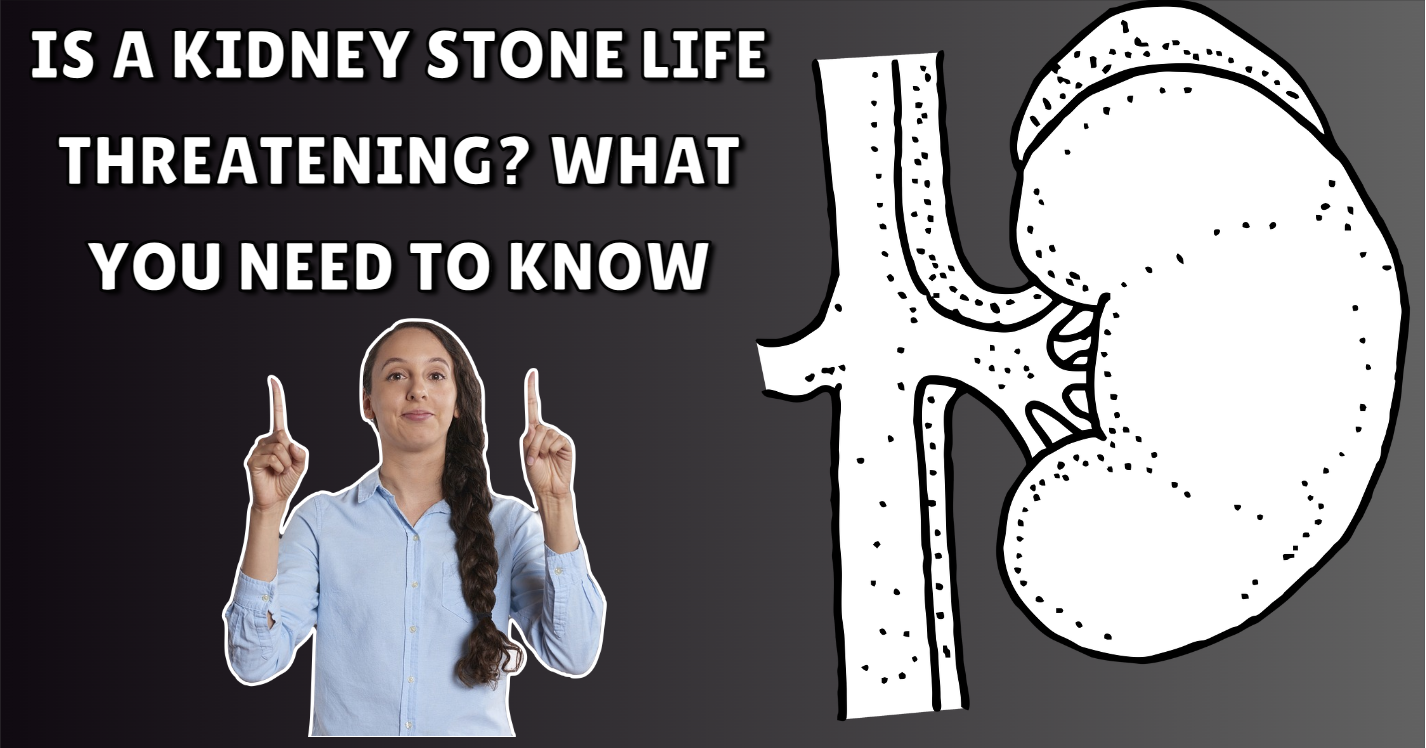Is a kidney stone life threatening? For millions of Americans, this question sparks anxiety. While kidney stones are excruciatingly painful, they’re rarely fatal. However, ignoring complications like infections or blockages can turn dangerous. In this guide, we’ll break down the risks, symptoms, and steps to protect your health—without medical jargon.
Understanding Kidney Stones
Kidney stones are hard mineral deposits that form in your kidneys. They vary in size—from a grain of sand to a golf ball—and can cause severe pain when moving through the urinary tract. About 1 in 10 people in the U.S. will develop a kidney stone in their lifetime.
Common Symptoms of Kidney Stones
- Sharp pain in the back, side, or lower abdomen
- Painful urination or blood in urine
- Nausea and vomiting
- Frequent urge to urinate
When Can a Kidney Stone Become Life Threatening?
Most kidney stones pass naturally with hydration and pain management. However, complications may escalate risks:
1. Obstruction and Kidney Damage
A large stone blocking urine flow can cause swelling (hydronephrosis), damaging kidney tissue. Untreated blockages may lead to permanent kidney failure.
2. Infections (Sepsis)
Stagnant urine from a blockage can breed bacteria, leading to a kidney infection. If bacteria enter the bloodstream, it triggers sepsis—a life-threatening response.
3. Chronic Kidney Disease
Recurrent stones increase the risk of long-term kidney damage.
Kidney Stone Complications at a Glance
| Complication | Risk Level | Action Needed |
|---|---|---|
| Urinary Blockage | High | Immediate medical intervention |
| Infection/Sepsis | Critical | Emergency hospitalization |
| Chronic Kidney Damage | Moderate | Long-term monitoring |
How to Prevent Life-Threatening Outcomes
- Stay Hydrated: Drink 8–10 glasses of water daily.
- Limit Salt and Oxalate-Rich Foods: Avoid spinach, nuts, and processed snacks.
- Follow Medical Advice: Take prescribed medications like alpha-blockers to ease stone passage.
Treatment Options for Kidney Stones
- Shock Wave Lithotripsy: Breaks stones into smaller pieces.
- Ureteroscopy: Removes stones using a thin scope.
- Surgery: Rarely needed for extremely large stones.
U.S. Kidney Stone Prevalence (CDC Data)
![Chart: 1 in 10 Americans develop kidney stones | Peak cases: Ages 30–50 | Men affected 2x more than women]
Conclusion: Is a Kidney Stone Life Threatening?
Is a kidney stone life threatening? The answer is usually no—but proactive care is essential. While most stones pass without lasting harm, severe infections or blockages demand urgent care. Listen to your body, stay hydrated, and consult a doctor if symptoms worsen.
Call to Action
Don’t ignore the signs! If you experience severe pain or fever, visit a healthcare provider immediately. Early action can prevent life-threatening complications.
FAQs: Is a Kidney Stone Life Threatening?
1. How long does it take to pass a kidney stone?
Most small stones (≤4mm) pass within 1–2 weeks. Larger stones may require medical help.
2. Can I pass a kidney stone at home?
Yes, with hydration, pain relievers, and monitoring. Seek help if symptoms persist beyond a week.
3. Are kidney stones linked to diet?
Absolutely. High sodium, sugar, and oxalate intake increase risk.
4. Can kidney stones recur?
Yes, 50% of patients develop another stone within 10 years without preventive care.
5. When should I go to the ER?
If you have unbearable pain, fever, or inability to urinate, seek emergency care.
This guide equips you with clear, actionable steps to tackle kidney stones confidently. Share it to spread awareness—and always prioritize your health! 💧🩺

